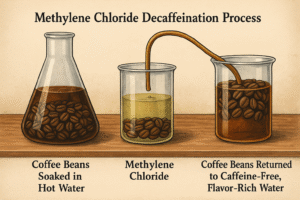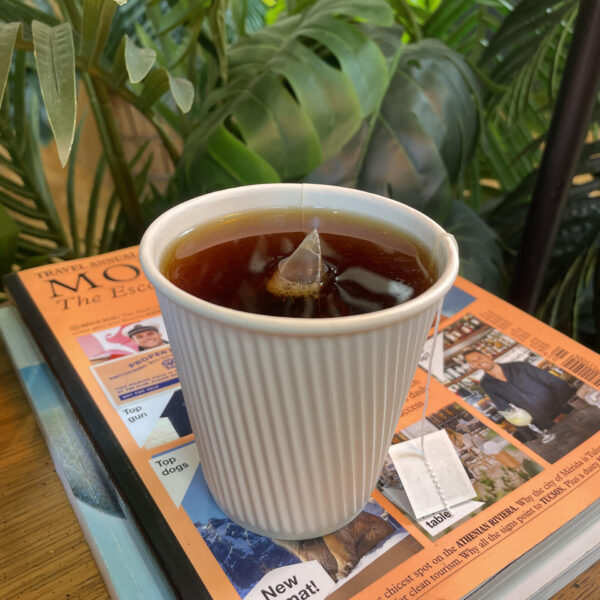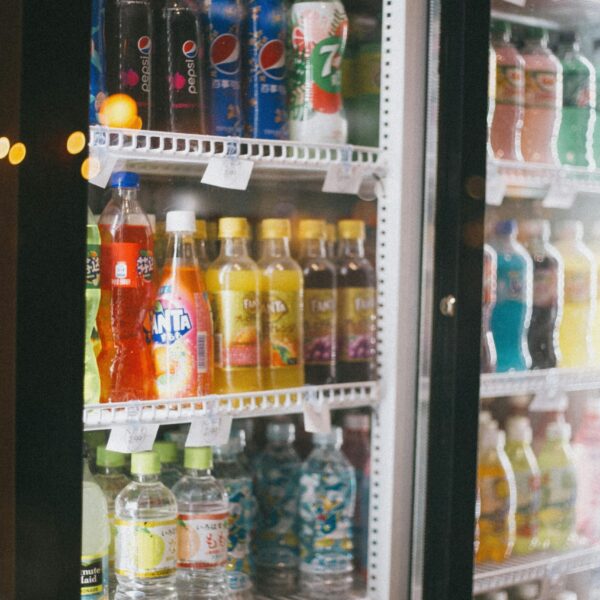
Is Your Coffee Truly Non-toxic? Decaf Coffee Risks
On April 30, 2024, the U.S. Environmental Protection Agency (EPA) announced a landmark rule banning most industrial, commercial, and all consumer uses of methylene chloride (dichloromethane) [PMID: 23456]. This colorless, volatile solvent has long been linked to multiple cancers, including liver, lung, breast, brain, blood, and central nervous system cancers, along with neurotoxicity, liver damage, and, in extreme cases, death. Since 1980, at least 88 occupational fatalities have been attributed to acute exposure [PMID: 23456].
Despite its dangers, methylene chloride was historically prized for its effectiveness. It stripped paint, degreased metal parts, and extracted pharmaceuticals with efficiency unrivaled by “greener” chemicals. The new EPA rule gives most sectors two years to phase the solvent out — a move applauded by labor-safety advocates.
The Food-Processing Loophole
Yet one major domain escaped the EPA ban: food processing. That arena falls under the Food and Drug Administration (FDA), which still permits methylene chloride for extracting caffeine from coffee beans, decaffeinating tea, producing hop extracts for beer, and flavoring certain spices [FDA CFR Title 21 §173.255].
How “Solvent” Decaf Works
Decaffeination typically relies on one of two routes:
- Direct solvent — green coffee beans are steamed and then rinsed with a methylene-chloride bath that dissolves caffeine.
- Indirect solvent — beans soak in hot water; caffeine migrates into solution; methylene chloride pulls the caffeine out of the water before it is reintroduced to the beans.
Both techniques can leave trace residues despite post-processing rinses. By law, up to 10 parts per million (ppm) may remain in coffee, 30 ppm in spices, and 2.2% in hop extract [PMID: 8005]. Although these limits were set decades ago, toxicologists argue they do not account for chronic, low-dose exposure or the solvent’s potential to degrade into carcinogenic carbon monoxide within the body [PMID: 8005].
What the Latest Science Shows
- Residues in retail coffee: A 2023 analysis by the Clean Label Project found detectable levels of methylene chloride in popular retail decaf brands, including Amazon Fresh, Peet’s, and Café Bustelo, despite staying within FDA limits.
- Cellular impacts: A 2022 study exposed human liver cells to low-ppm methylene chloride and observed suppressed lysosomal function and elevated oxidative stress, both markers linked to liver damage [PMID: 09635].
- Neurotoxicity evidence: Mice exposed to trace methylene chloride for 12 weeks developed motor deficits and signs of dopamine neuron loss, an early hallmark of Parkinson-like disorders [PMID: 03004].
- Global movement away from solvents: The European Union already limits dichloromethane in decaf coffee to 2 ppm — one-fifth the U.S. threshold — while Swiss manufacturers use solvent-free methods like the Swiss Water® and Mountain Water processes [EU Regulation 2020/1322].
Practical Steps
- Read the label. Look for terms like “solvent-free,” “Swiss Water Process,” “Mountain Water Process,” or “CO₂-decaffeinated.” USDA Organic coffee cannot be processed with methylene chloride.
- Choose whole-bean decaf. Residues dissipate faster from whole beans than ground ones due to reduced surface area.
- Support transparency. Brands like Kicking Horse, Allegro, and Stumptown often disclose their decaf method on the label or website.
- Brew at home. Coffee shops may not clarify their sourcing; brewing your own verified non-toxic decaf reduces uncertainty.
- Voice your concern. In 2023 and 2024, public petitions prompted FDA and grocery chains to reevaluate solvent-based decaf allowances. Continued advocacy can encourage stricter standards.
Looking Ahead
The EPA’s action signals a major shift in how seriously regulators view methylene chloride’s risks. However, the FDA’s separate authority over food leaves a troubling loophole. For those committed to a non-toxic lifestyle, choosing water-processed or CO₂-decaffeinated options — and supporting brands that adopt those methods — remains the safest approach. Every purchase is a vote for cleaner production and the wellbeing of both consumers and workers.
💌 Want to stay in the know about holistic health?
Join the Roots ’n’ Fruits newsletter for the latest research, medicinal recipes, plastic-free DIY, limited-time deals and inspiration for mindful living.
🎁 Bonus: Each month, one new subscriber will be selected to receive a free sampler of Roots ’n’ Fruits favorite products! Share the newsletter with family and friends for their chance to win.

